
一月诞生石:以石榴石开启新的一年
如果您的生日是新年的开端,那么您一定会很高兴知道一月的诞生石是石榴石。一月象征着新的开始和对未来的积极展望;石榴石同样体现着这种光明和无限的可能性。
一月(January)的名字源于罗马神话中掌管开始和结束的神雅努斯(Janus)。雅努斯有两张脸,分别面向过去和未来。
秉承这一理念,我们将探讨传统的一月诞生石——石榴石,它有着各种含义、历史和用途。我们还会介绍一些现代的替代品,让您在未来也能庆祝一月宝宝的诞生!
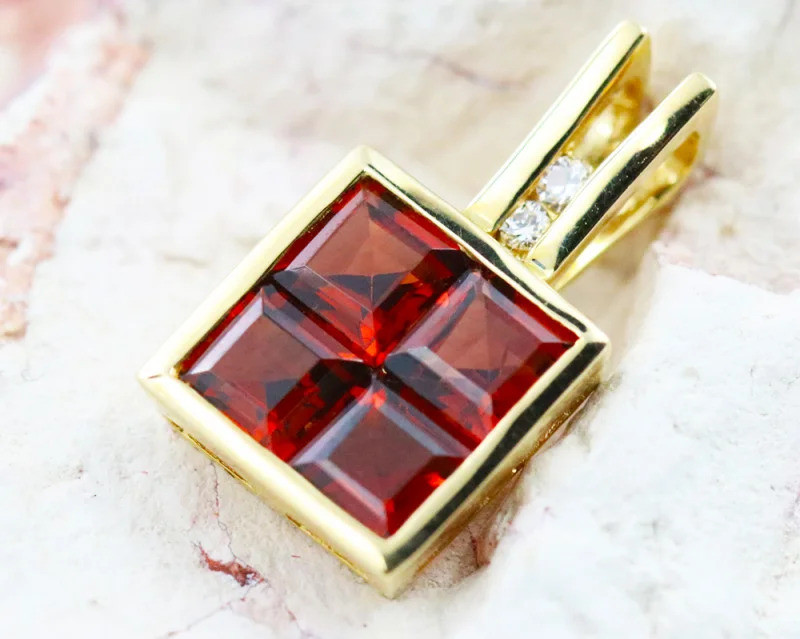
一月诞生石的含义:石榴石的象征意义
从象征意义开始,一月诞生石石榴石通常代表友谊、温暖和激情。
这种半宝石一月石的另一个含义是保护,这种用途可以追溯到古代。
一月诞生石石榴石的历史和文化意义
一月诞生石最著名的颜色是鲜红色,但也有各种颜色,从粉色或橙色到绿色或紫色。
石榴石也是传统的结婚二周年纪念宝石。
“石榴石”这个名字源于中世纪拉丁语granatus ,意思是“石榴”,因为小的红色石榴石晶体类似于石榴籽。
 上图:公元前 1 世纪的希腊石榴石和玛瑙项链和耳环 | 图片来源:大都会艺术博物馆,公共领域
上图:公元前 1 世纪的希腊石榴石和玛瑙项链和耳环 | 图片来源:大都会艺术博物馆,公共领域
古代的石榴石
石榴石的用途可以追溯到青铜时代(约公元前3300年至公元前1200年),当时这种一月诞生石被用于磨料、墓葬和皇家珠宝。古人还将石榴石用作护身符,在战争和旅行中祈求庇护,相信这种宝石能为黑暗带来光明。
古埃及法老无论生死,都佩戴着红色石榴石项链,与这些七月诞生石一同下葬。埃及人认为石榴石象征着生命。
在古罗马,官员们用雕刻的石榴石印章戒指在文件上盖章。罗马人旅行、参战或躲避瘟疫等疾病时,都会使用石榴石来祈求庇护。
关于石榴石起源的一个古希腊神话与植物女神珀尔塞福涅有关,众所周知,珀尔塞福涅被冥王哈迪斯掳走并嫁给了她。
当宙斯让哈迪斯归还珀耳塞福涅时,哈迪斯给了珀耳塞福涅一个石榴。一旦她吃了石榴籽,就永远依附于哈迪斯,每年有一半时间(从秋季到冬季)在冥界度过。
因此,石榴和外观相似的石榴石与分离的恋人、永恒和地球的再生循环有关。
石榴石的古代名称
在“石榴石”之前,石榴石(和类似的红色宝石)的其他古代术语包括:
希腊语“炭疽” (源自希腊哲学家泰奥弗拉斯托斯),意为“炽热的余烬”
拉丁语carchedonius (源于罗马作家 Petronius),源自希腊语 Carchedonia,意为迦太基,一座古老的腓尼基城市
梵语和印度语raktamani 的意思是“血红色的宝石”
拉丁语术语carbunculus或carbuncle (源自罗马学者老普林尼),意为“燃烧的煤”
许多早期的石榴石名称都体现了它们的火热特性:红色、闪光和耐热。
然而,古代许多红色宝石被称为“红玉”,因此很难确定它们是否都是真正的石榴石。如今,红色石榴石凸圆形宝石有时仍被称为红玉。
 上图:5 世纪(中世纪早期)东哥特(罗马时代日耳曼)石榴石戒指,刻有阴影线 | 图片来源:沃尔特斯艺术博物馆,公共领域
上图:5 世纪(中世纪早期)东哥特(罗马时代日耳曼)石榴石戒指,刻有阴影线 | 图片来源:沃尔特斯艺术博物馆,公共领域
宗教与精神意义
一月诞生石石榴石具有各种宗教或精神意义和治疗功效。
基督教:
圣经中提到了石榴石,其希伯来语单词“nophek”意为“石榴石”,指的是牧师或皇室的装饰品,以及诺亚方舟上的指路明灯。
一些圣经学者对这些关于石榴石的描述进行了解释,强调了这种宝石的血色和在黑暗中闪耀的能力,象征着耶稣基督的牺牲、上帝的神圣话语、对上帝的虔诚或整体的基督教精神。
中世纪(约公元475年至1450年)的神职人员经常佩戴石榴石宝石。天主教主教戒指代表着他们的宗教权威以及与教会的象征性“婚姻”。
一些基督教学者甚至声称,摄入痈疽粉会赋予人力量、光荣的判断力和精神觉醒。
异教徒:
像希尔德里克一世这样的法兰克异教徒认为,石榴石等红色宝石象征着爱情、生命和生育能力,并用它们来雕刻厄洛斯、弗莱娅和伊西斯等神像。
伊斯兰教:
《古兰经》提到了来世的七重天,其中第六重天由石榴石和红宝石构成。《古兰经》中的宝石常常象征着真主的祝福。
印度教:
印度能量治疗师使用石榴石作为根轮或顶轮的宝石。吠陀占星家也将红色石榴石与“罗睺”(即火星,代表能量和战争)联系起来,认为石榴石可以抵消火星的负面影响。
总的来说,石榴石具有多种含义,既可以治愈,也可以伤害。
一些美洲原住民和亚洲部落会使用红色石榴石作为子弹以确保造成致命伤害,而中世纪的医生则使用石榴石治疗各种疾病,包括发烧、伤口、黄疸,甚至鼠疫。
一月石榴石的地质和成分
石榴石实际上是一个庞大而复杂的矿物群体,其分类体系如图所示。宝石级石榴石主要分为两大类:柱榴石和绿柱榴石:
许多石榴石品种都是这些物种的混合,通常属于同一系列,但有时也会在系列之间交叉。
让我们首先了解一下这些一月诞生石的紫铜矿种类。
镁铝榴石
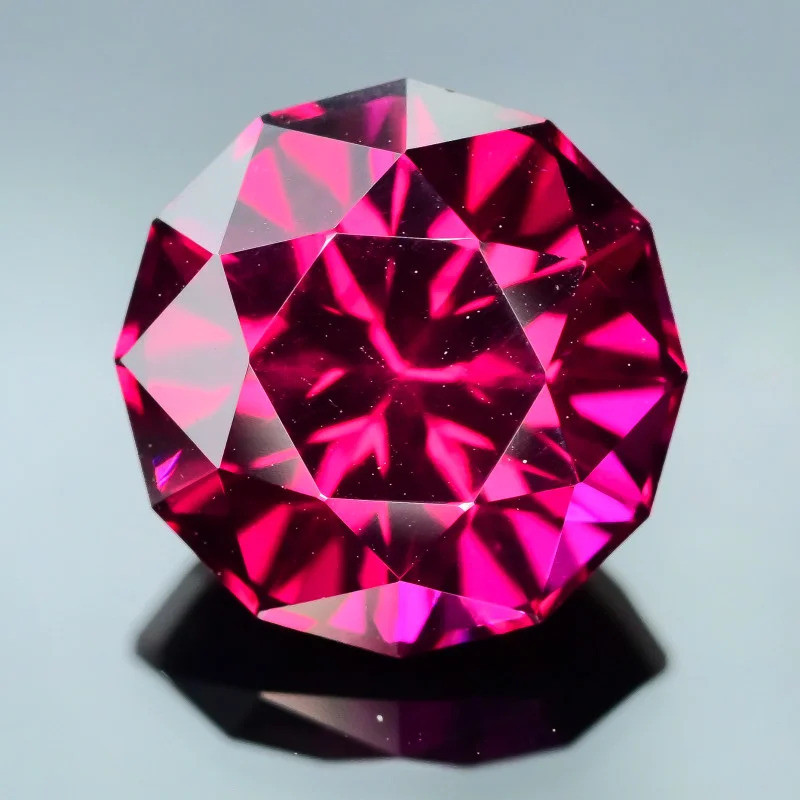 上图:产自莫桑比克的多面石榴石
上图:产自莫桑比克的多面石榴石
镁铝榴石是最著名的红色石榴石品种,其成分为镁铝硅酸盐,因其血红色或石榴红色而广受欢迎。镁铝榴石是唯一一种始终呈红色的石榴石,但其确切的色调各不相同,有紫色、橙色、黑色和棕色等底色。
镁铝榴石诞生石的种类包括:
铬镁铝榴石
粉彩镁铝榴石
莫桑比克石榴石
星光石榴石
乌姆巴尔特
葡萄石榴石
铁铝榴石
 上图:刻面玫瑰榴石
上图:刻面玫瑰榴石
铁铝榴石是另一种非常受欢迎的石榴石品种。这种铁铝硅酸盐比镁铝榴石略硬。其颜色范围从深红色、紫红色到棕色。
铁铝榴石的品种包括:
莫桑比克石榴石
红榴石
马来亚(Malaia)石榴石
星光石榴石
乌姆巴尔特
葡萄石榴石
海卫一石榴石
锰铝榴石
 上图:多面橘色石榴石
上图:多面橘色石榴石
锰铝石榴石是较为独特的柱铝石榴石种,以其黄色至橙色的色泽和极高的亮度而闻名。这种锰铝硅酸盐的种类包括:
马来亚(Malaia)石榴石
克什米尔
猫眼锰铝榴石
乌姆巴尔特
现在我们来了解一下 ugrandite 种类!
钙铬榴石
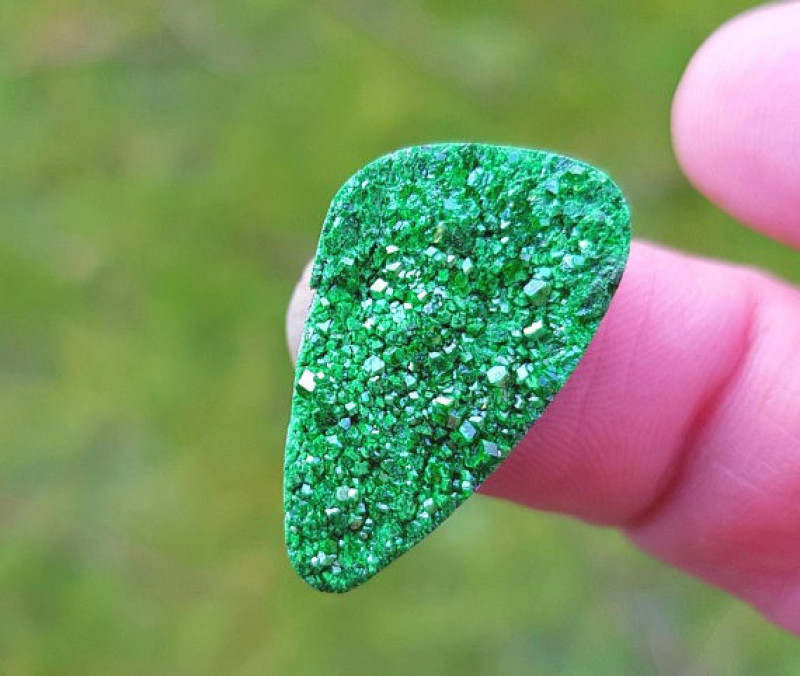 上图:钙铬榴石晶簇
上图:钙铬榴石晶簇
钙铬石是一种钙铬硅酸盐,是最稀有的宝石级石榴石品种。它也是唯一一种始终呈绿色的石榴石,颜色从中到深。
钙铝榴石
 上图:镶有绿色沙弗莱石和方晶锆石的银戒指
上图:镶有绿色沙弗莱石和方晶锆石的银戒指
钙铝榴石是钙铝硅酸盐,有时会被铁取代部分钙和铝。钙铝榴石以其颜色范围最广而闻名,并且是唯一一种宝石级无色品种。
钙铝榴石的品种有:
有些人认为水钙铝榴石是钙铝榴石的一种,但宝石学家对此存在争议。
钙铁榴石
 上图:镶嵌有绿色翠榴石和粉色钻石的金戒指
上图:镶嵌有绿色翠榴石和粉色钻石的金戒指
钙铁石是一种钙铁硅酸盐,具有极高的色散(色彩缤纷的闪光)和亮度(闪烁的白光)。虽然钙铁石不如其他品种受欢迎且稀有,但也有一些备受追捧的品种,例如:
所有这些品种都为一月诞生石的石榴石颜色和光学效果增添了美丽的彩虹色!
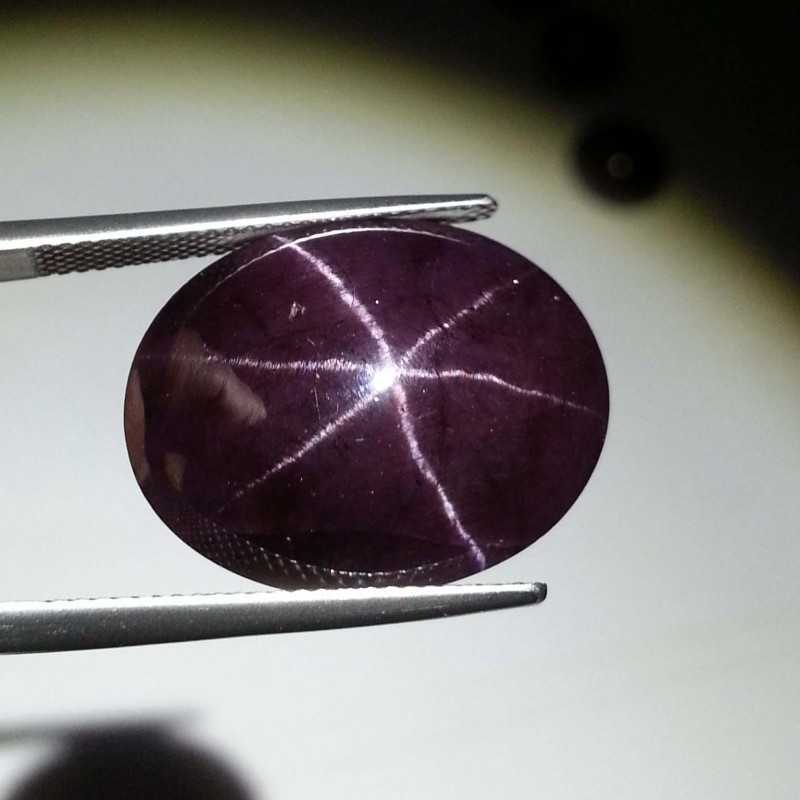 上图:紫色星光石榴石
上图:紫色星光石榴石
迷人的色彩和变化
一月诞生石是什么颜色?石榴石最常见的颜色是红色,但它实际上有各种各样的颜色,有些品种甚至具有特殊的光学效果。
石榴石的颜色
一月诞生石的颜色几乎可以是任何色调,但蓝色极为罕见,仅存在于一些变色品种中。
一月诞生石每种颜色最受欢迎的品种有:
红色:镁铝榴石
橙色:橘色石榴石
黄色:马里石榴石
绿色:翠绿石或沙弗莱石
紫色:葡萄石榴石
粉色:玫瑰榴石
无色:仅隐色石榴石(钙铝榴石)
黑色:Melanite
除了颜色各异之外,石榴石一月诞生石还具有独特的光学效果。
光学现象石榴石
具有光学现象的石榴石诞生石包括:
星光石榴石:通过星光反射光线呈现 4、6 甚至 12 射线的“星光”;通常为黑色、棕色或深紫红色,但可以是红色到紫色的各种色调,包括红黑色和黑紫色
猫眼石榴石:由于平行的针状纤维或空心管包裹体,反射出类似猫眼的光线;通常为锰铝榴石
变色石榴石:在不同的光照下会改变颜色,通常是紫外线(阳光)和白炽灯;通常为红色变为紫色或红色变为绿色;最有价值的是蓝色变为红色或紫色
除了非凡的光学性能外,石榴石还具有非凡的治疗功效。
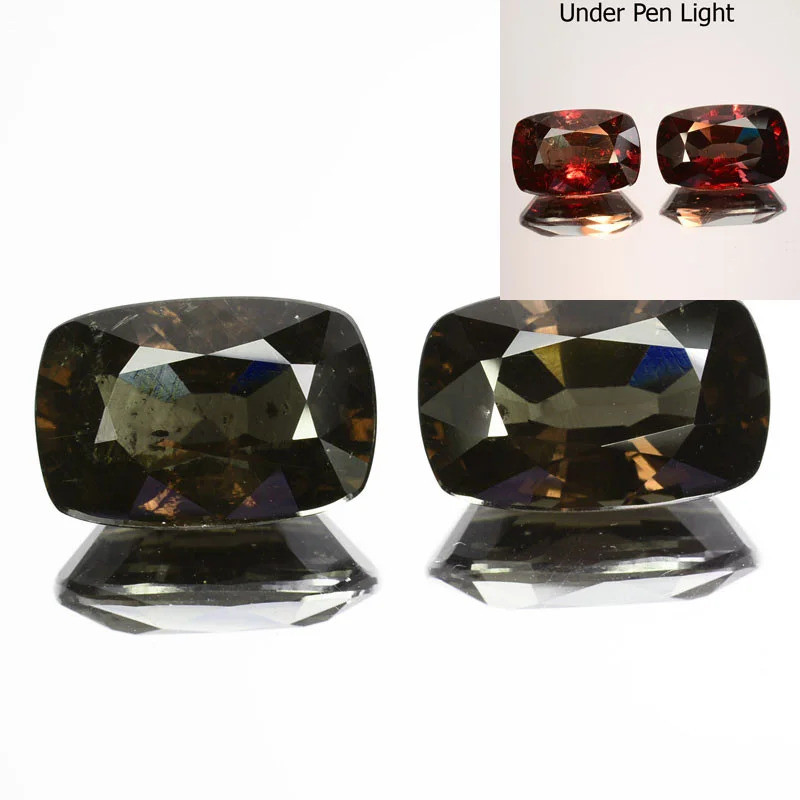 上图:刻面变色石榴石
上图:刻面变色石榴石
石榴石的形而上学特性
一月诞生石作为治疗石的用途自古以来就一直延续到现代水晶治疗实践中。
石榴石的许多形而上学用途都与其与血液和心脏、生命、力量和爱的象征有关。
从生理角度来说,据说石榴石诞生石可以改善血液循环、强化心脏、清除体内毒素,就像我们体内的真血一样。
在能量治疗中,石榴石用于平衡所有脉轮,使能量在整个身体、精神和情感中自由流动。
从情感上来说,一月诞生石石榴石据说可以提升:
信心
热情
决心
生育能力
弹力
恋爱中的人可以从石榴石的所谓能力中受益,它能帮助你更舒适地展现脆弱,释放怨恨或愤怒等负面情绪,并增加彼此的激情。
一月份的十二生肖石
有两个星座属于一月诞生石时间段: 摩羯座(12 月 22 日至 1 月 19 日)和 水瓶座(1 月 20 日至 2 月 18 日)。
石榴石象征着友谊、温暖和激情,这与它作为水瓶座诞生石的用途相得益彰。据说,风象星座的水瓶座是充满热情的人道主义者,重视友谊和社区建设。
石榴石也象征着信任和忠诚,无论浪漫与否,它被人们戏称为“承诺之石”。这与石榴石作为摩羯座诞生石的缘分更加契合。摩羯座的人无论在工作还是家庭,都是忠诚可靠的领导者。
除了石榴石之外,还有一些其他的一月诞生石值得了解。
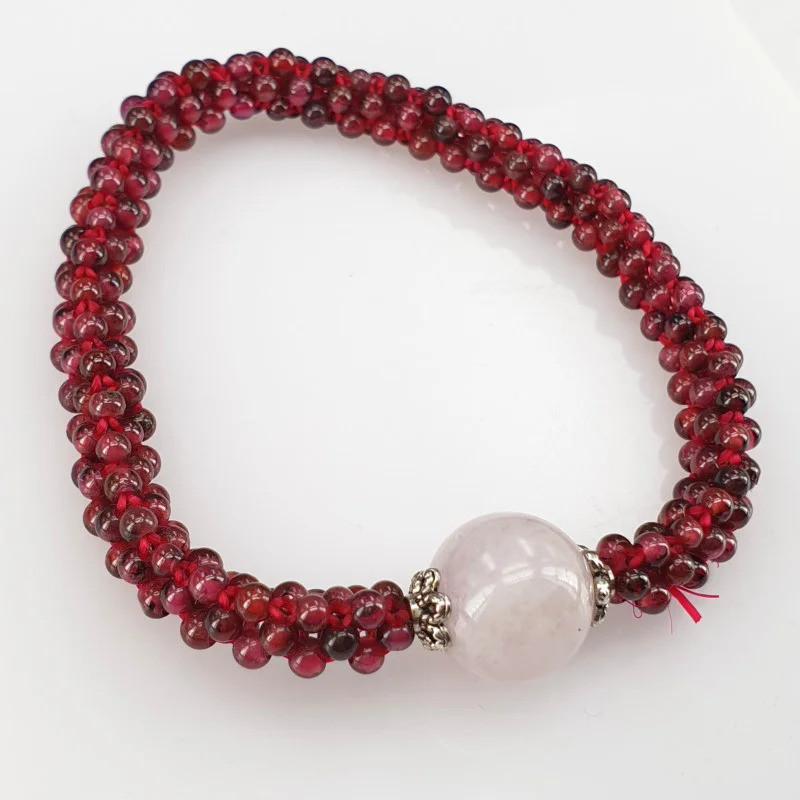 上图:玫瑰石英和红石榴石串珠手链
上图:玫瑰石英和红石榴石串珠手链
其他一月诞生石
一月最常见的诞生石颜色是红色或其变色,如粉色或紫色。
一月诞生石的主要替代石榴石是玫瑰石英,它与石榴石的火彩相比,颜色更浅一些。这种粉红色石英通常呈乳白色,半透明状。一月诞生石也象征着博爱与包容。
源于西藏占星术的神秘一月诞生石是祖母绿。尽管祖母绿以绿色而非红色呈现,与一月诞生石截然不同,但它体现了新年个人成长和重生的象征意义。
与石榴石相比,玫瑰石英的耐久性较差,但更容易获得。这两种宝石是制作一月诞生石首饰的绝佳搭配。
祖母绿通常比石榴石更耐用,但净度较低,价格也更昂贵。
个性化一月诞生石礼物
尽管有些人认为诞生石的概念纯粹是一种营销策略,但诞生石却有着悠久的历史意义。事实上,按月份选择诞生石的概念可以追溯到圣经经文。
诞生石往往是人们最先熟悉的水晶。人们认为它们能为佩戴者带来守护和好运,但从精神层面而言,诞生石也是一种对生命的颂扬。
无论您是购买自己的诞生石还是将其赠送给所爱之人,都有多种使用一月诞生石的方法:
作为单颗宝石项链或耳环
镶嵌有爱人诞生石的珠宝
袖扣上
作为叠戴戒指套装的一部分
装饰个性化铭牌
作为雕刻(或原始水晶)的房间装饰
还有很多,尽情发挥创意吧!毕竟,这是你的诞生石,想怎么戴就怎么戴。
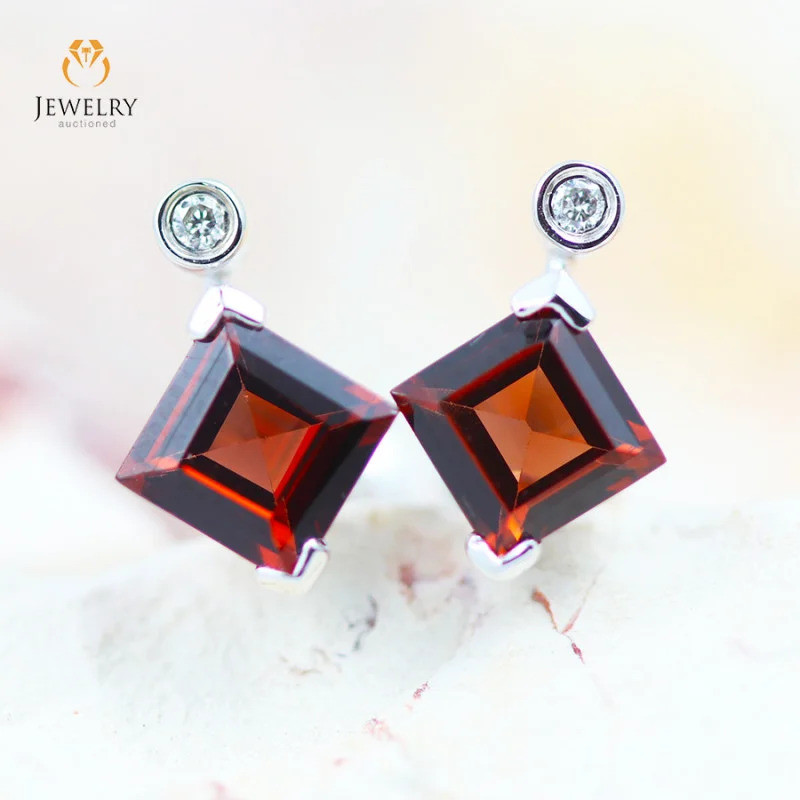 上图:镶有红石榴石和白钻石的白金耳环
上图:镶有红石榴石和白钻石的白金耳环
用一月诞生石来庆祝全新的你!
如果你是一月出生的宝宝,你知道自己是新年的点睛之笔,是未来辉煌的象征——你的诞生石也应该体现这一点!无论你选择永恒迷人的石榴石,还是像玫瑰石英这样的另类宝石,重要的是,你拥有一颗能为你点亮的诞生石。
搜索Gemstone Encyclopedia
最新的文章
彩虹格纹日光石是一种长石,由于内部含有各种包裹体,呈现出三种绚丽的光学效应。它绚丽多彩的光泽和格纹图案使其成为收藏家梦寐以求的珍宝!
12th Jan 2026
文章分类
How To's is where you will find helpful articles from gem Rock Auctions on how to cut gemstones, select gemstones and buy gemstones.
9文章数
